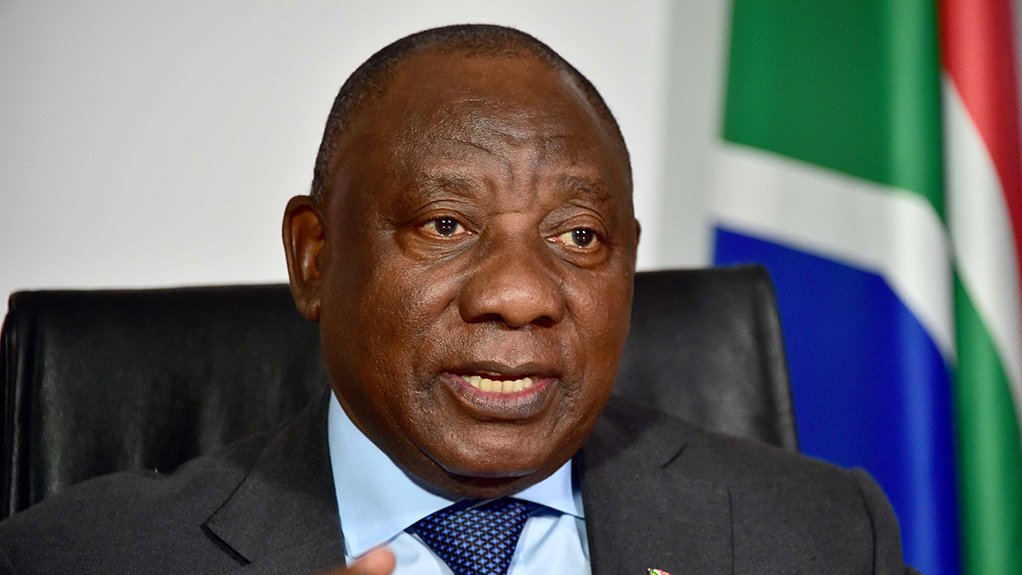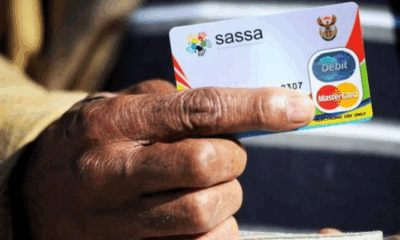Business
Ramaphosa Rallies Behind SA’s Auto Industry as US Tariffs Hit Exports Hard

President warns of ‘critical moment’ as century-old sector faces export collapse and global EV race
It was meant to be a proud moment for South African manufacturing. President Cyril Ramaphosa, standing in BMW’s Rosslyn plant in Tshwane, watched as the new X3 plug-in hybrid rolled off the line, a bold signal that the country is taking steps towards an electric future.
But behind the smiles and speeches lay a growing storm. South Africa’s automotive industry, one of the country’s biggest employers and key GDP contributors, is under serious pressure. And the clock is ticking.
A century of cars under threat
South Africa’s car manufacturing story began in the Eastern Cape nearly a hundred years ago. It has since grown into the nation’s largest manufacturing sector, directly employing more than 115,000 people and supporting over 500,000 jobs across its supply chain.
Big-name brands like Toyota, Nissan, Volkswagen, Ford, BMW, and Mercedes-Benz have long chosen South Africa as a production base, building vehicles for both local drivers and international buyers. The industry makes up around 5.3 percent of GDP and contributes heavily to exports.
But that export engine is stalling fast.
Tariffs, trade wars and EV pressure
The United States has imposed a crushing set of tariffs on South African vehicle exports. What began with a 25 percent penalty in April 2025 was followed by a universal 10 percent duty. Now, from 1 August, an even harsher 30 percent tariff will kick in, just as the industry scrambles to adapt to rising global demand for electric vehicles.
The fallout has been swift. Exports to the US have dropped by a staggering 87 percent since April. And there’s more pain on the horizon, with a possible extra 10 percent ‘BRICS tariff’ being floated as political tension escalates.
According to President Ramaphosa, this spells real danger. South Africa currently exports nearly two-thirds of its vehicle production, and the US is one of its key markets. The country also benefits heavily from AGOA (the African Growth and Opportunity Act), a trade arrangement that is now effectively hollowed out by the new duties. South Africa may soon be removed from the programme entirely.
A pivot towards the continent
To weather the crisis, Ramaphosa said the country is urgently working to diversify where it sells its cars. The focus now shifts closer to home, looking at the SADC region and the broader African Continental Free Trade Area (AfCFTA) as possible safety nets for lost US revenue.
The president made it clear: “It is critical that we strengthen the sector to not only overcome current headwinds but also to ensure its long-term sustainability.”
Government’s EV game plan
South Africa’s biggest challenge is adapting fast enough to the changing global auto landscape. Countries in Europe and Asia are phasing out petrol and diesel cars between 2030 and 2040. If South African manufacturers do not pivot to electric and hybrid production, they risk being shut out entirely.
That is where BMW’s new X3 hybrid comes in, and government support for the Automotive Production and Development Programme (APDP). The plan is to position South Africa as a future-facing global manufacturing base, not just for conventional vehicles but for electric mobility.
Ramaphosa pointed to multi-billion rand developments like the Tshwane Automotive Special Economic Zone and manufacturer-led training centres focused on robotics and EV assembly. The aim is not just to save jobs but to create a new skills pipeline in green tech and auto innovation.
What people are saying
Social media reactions have been mixed. Industry professionals and business voices have praised the push into hybrid production, but many are sceptical about whether South Africa can move quickly enough. One post read, “We love the X3, but our export routes are choking. Hybrids alone won’t fix tariffs.”
Others have raised concerns about AGOA’s future. If South Africa is removed from the agreement later this year, it could be a devastating blow to the sector.
Still, Ramaphosa remains optimistic: with policy reform, regional trade focus, and faster EV adoption, the industry can still turn the corner.
Bottom line
South Africa’s auto sector has weathered storms before, but this may be its biggest test yet. With exports nosediving and the electric revolution accelerating globally, the country has to act fast or risk being left behind.
The road ahead won’t be easy, but the wheels are in motion.
Also read: SA Airports on the Brink: Why Jet Fuel Could Run Dry by October
Follow Joburg ETC on Facebook, Twitter , TikTok and Instagram
For more News in Johannesburg, visit joburgetc.com
Source: Business Tech
Featured Image: Engineering News



























